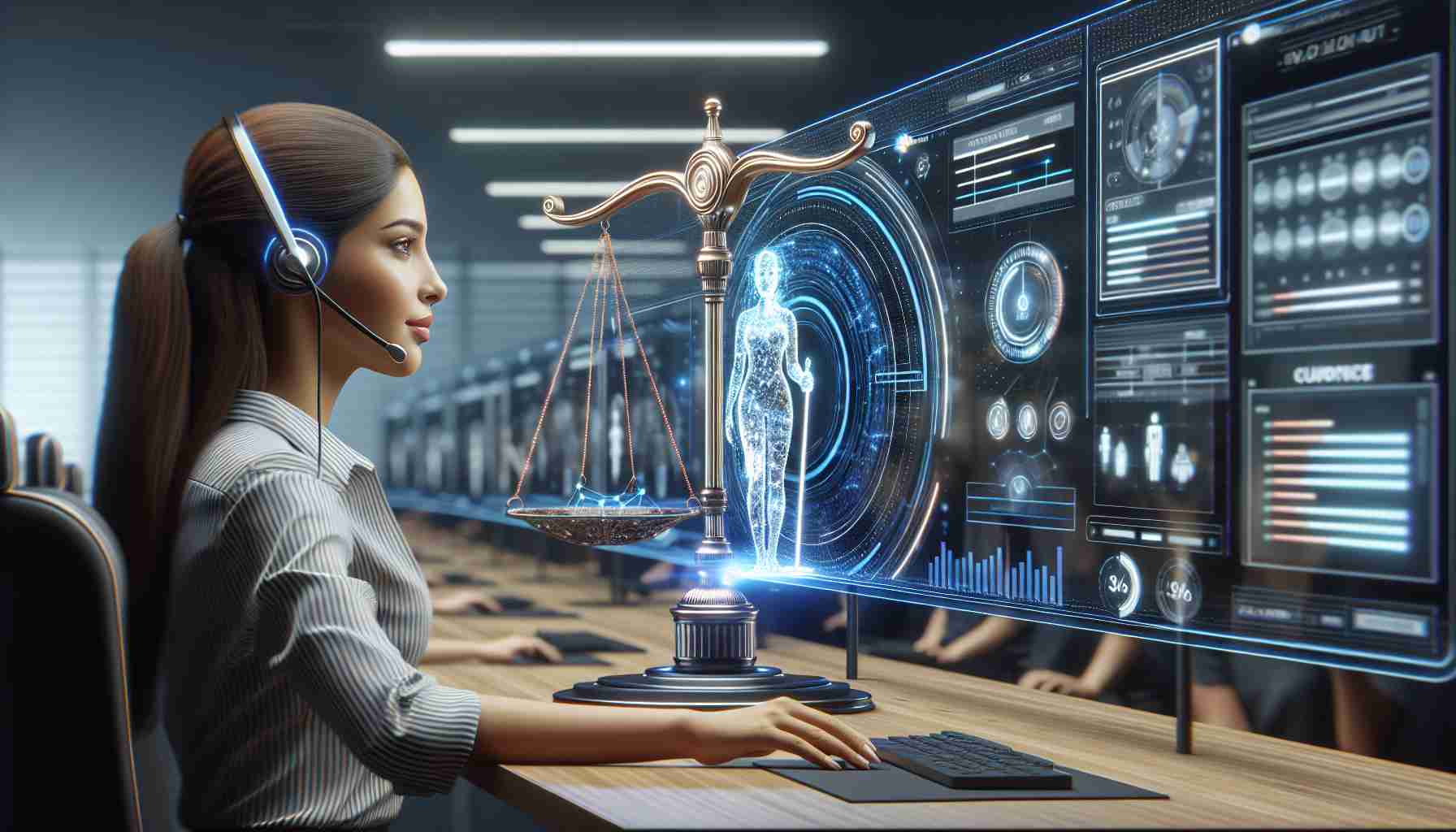Customers Prefer Human Touch
A recent survey conducted by Gartner revealed that a majority of respondents, 64%, expressed their reluctance towards having AI take on the role of a customer service representative. The main concern cited by individuals was the fear that relying solely on AI could complicate the process of directing customers to the right personnel for addressing service-related queries and issues, ultimately leading to communication barriers. Additional reasons included concerns about replacing human jobs and the potential for AI to provide inaccurate information.
Coexistence of AI and Human Representatives
Keith McIntosh, the senior responsible person for Customer Service and Support Practices at Gartner, highlighted the importance of maintaining a balance between AI and human customer service representatives. When customers reach out to customer service, they often expect to engage in meaningful conversations with human representatives. Therefore, service organizations must ensure that AI, referred to as GenAI, follows service guidelines to establish trust with customers. It is crucial for customers to be aware that if an AI customer service representative is unable to provide a solution, the case will seamlessly transition to a human representative for further assistance without unnecessary delays.
Optimizing AI Integration in Customer Service
As the implementation of artificial intelligence (AI) in customer service continues to gain traction, organizations are facing important questions regarding how to best strike a balance between AI and human representatives to enhance the customer experience. Let’s delve into some critical aspects that shed light on optimizing the use of AI in customer service.
What are the Key Challenges Associated with AI in Customer Service?
One key challenge revolves around ensuring that AI seamlessly integrates with existing customer service processes without creating communication barriers. It is essential for organizations to address concerns related to job displacement and the reliability of AI-generated responses. Furthermore, the ability to maintain a personalized touch and empathy in customer interactions poses a significant challenge when transitioning from human representatives to AI.
How can Organizations Overcome these Challenges?
To address these challenges, organizations must prioritize training AI systems to enhance their ability to understand and respond effectively to customer queries. Additionally, clear communication with customers about the role of AI in the service process can help build trust and manage expectations. Implementing robust monitoring and feedback mechanisms is crucial to continuously improve the AI-driven customer service experience.
Advantages and Disadvantages of Leveraging AI in Customer Service
AI offers a range of benefits in customer service, including faster response times, 24/7 availability, and the ability to handle a high volume of inquiries simultaneously. It can also assist human agents by providing relevant information and streamlining routine tasks. However, relying solely on AI can potentially lead to impersonal interactions, lack of emotional intelligence, and errors in understanding complex customer issues that require human intervention.
Related Links:
Gartner – Explore insights and research reports on AI integration in customer service to stay informed about industry trends and best practices.






















